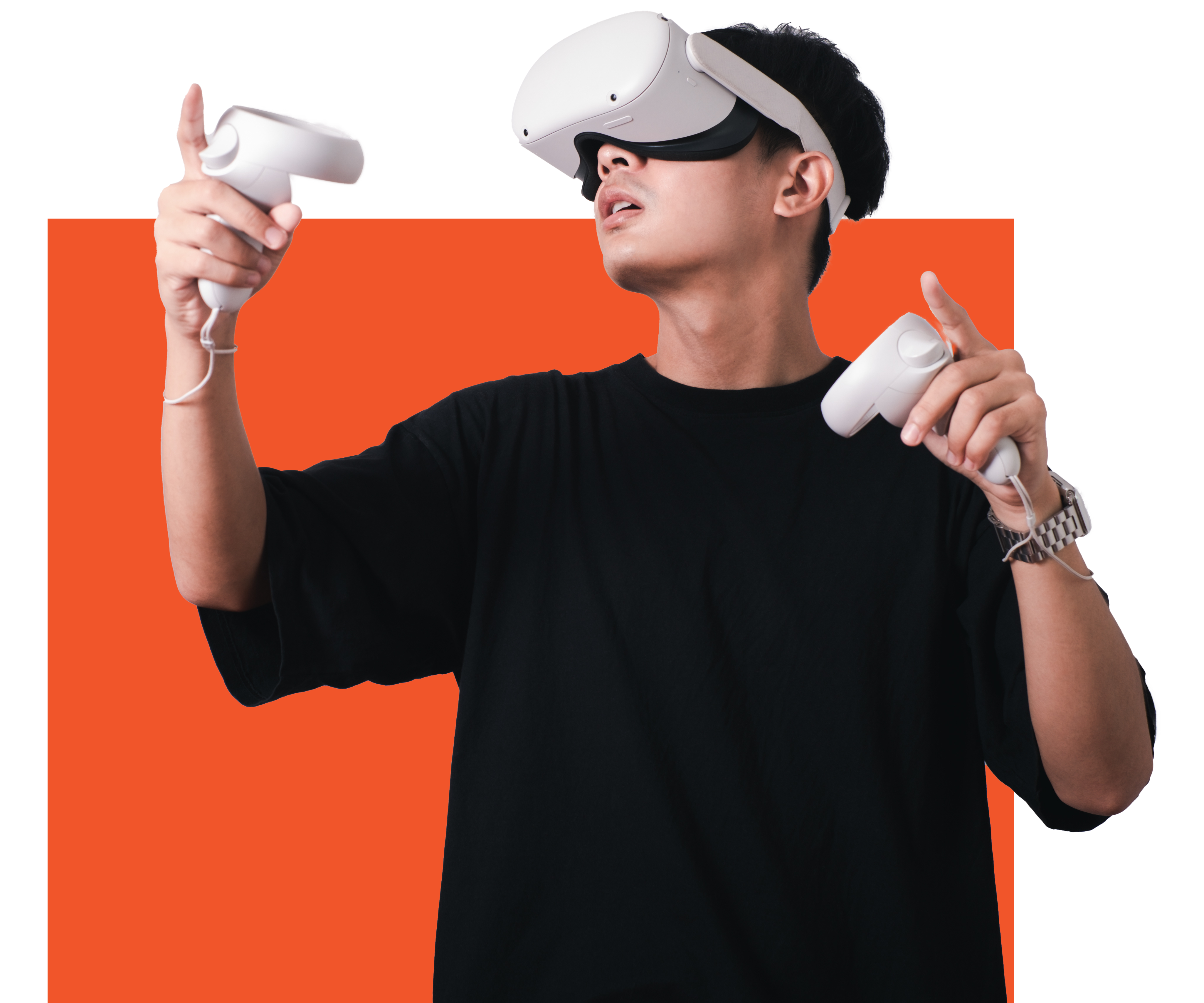Work in 2026: 7 Key Trends Where VR and AI Reshape the Training Landscape
The question is no longer whether AI or VR will transform work, but how organisations will organise themselves so they don’t get left behind.

The question is no longer whether AI or VR will transform work, but how organisations will organise themselves so they don’t get left behind.
VR, AR and simulators supporting technical skills training
How virtual reality accelerates communication, stress management and leadership, even in highly technical environments.
Construction site safety: everything hinges on a moment—an unusual noise, a hesitation, a glance seeking help.
A training center must modernize labs, digitize learning paths, upskill teams, and prove effectiveness amid a talent crunch.
Integrating technology into training isn’t just about installing headsets and plugging in computers.
In high-risk industrial environments, safety is not optional: it’s a prerequisite for both human and economic survival.
In a tight labor market, attracting and retaining top talent has become a major challenge for companies.
For a long time, the trainer’s role was clear: deliver knowledge, guide learners, correct mistakes.
Over the past few years, virtual reality has found its place in professional training.